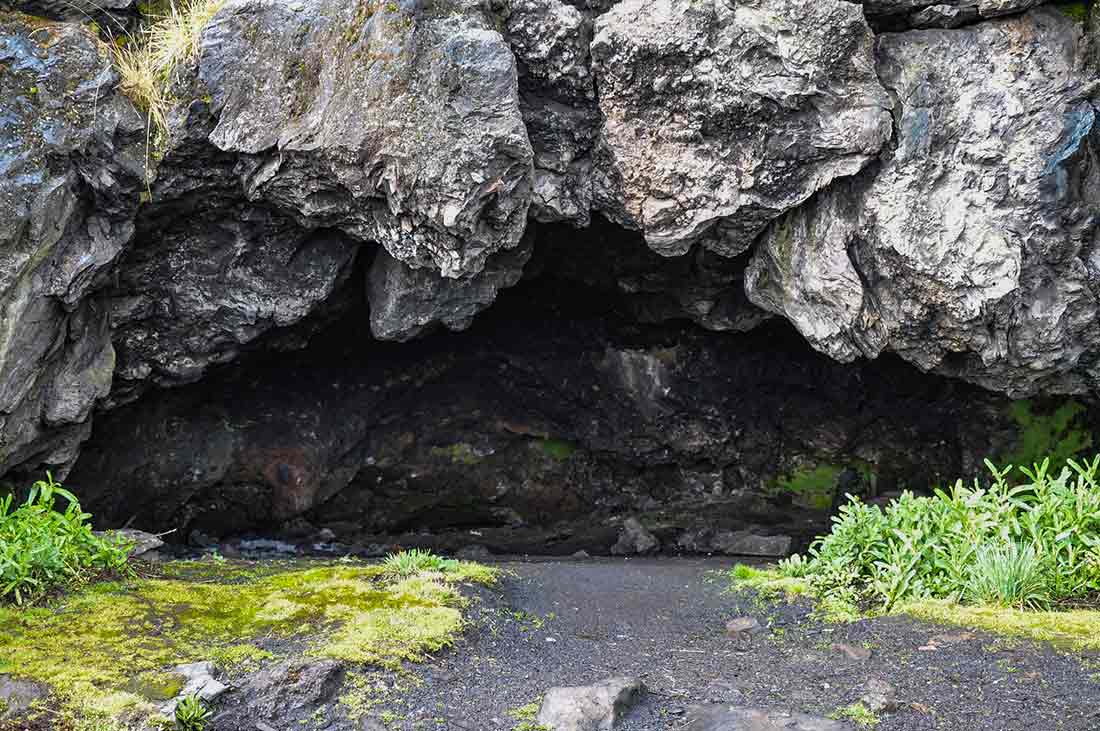Climb Kilimanjaro on the popular Rongai route. It is great for both beginning hikers and expert trekkers and has a more gradual ascent to Uhuru Peak.
There are several routes to climb Kilimanjaro, but how do you decide on which route to take? We know the summit is your ultimate goal so based on your experience level, which one would be the best route for you? Below are the group climb routes we offer. In this article, we will focus on the 6-Day Rongai route.
6 Day Rongai
The Rongai route is the only route to the summit that begins at the remote northern side of Kilimanjaro. The trailhead is near the border of Kenya. Why is this route unique? For one, you hike through a true wilderness area as you approach the jagged Mawenzi Peak. Mawenzi Peak is one of the volcanic cones of Mount Kilimanjaro. The route also crosses the very barren desert saddle between Uhuru Peak and Mawenzi. Along the way, you’ll pass some shallow caves. You can explore them.
Finally, as you make the summit push to Kibo, you will ascend to the Crater Rim from the East. One of the benefits of accessing Uhuru Peak via the Rongai route is that it is a more gradual ascent. This makes it a good choice for people with little or no backpacking experience. However, just because it is more gradual, doesn’t mean it is any less enjoyable for even the most experienced trekkers. The Rongai route is a good choice for people who are looking for a quick hike with more gradual slopes.
6-Day Itinerary
The 6-day group climb itinerary has an arrival and departure day already added. That means that day one will not be on the mountain. It starts with your arrival at the hotel in Arusha. There you’ll have the trip briefing. You’ll begin your trek the next morning.
At the trip briefing, we will perform a thorough equipment check. We will also give a health check to get your baseline stats. Additionally, we will confirm you have the required medical coverage and travel insurance.
Kilimanjaro Day 1
The day will begin after breakfast. You’ll go with our driver to the Kilimanjaro National Park entrance at Marangu. Here the guides will register with the Park Service. From there you’ll ride to the Rongai route trailhead at Nale Moru (6,400 ft).
As you eat lunch and arrange your gear, the porters and guides will weigh all the equipment. The route begins on a narrow path that winds through fields of maize and potatoes before entering a pine forest. The trail then begins its gradual climb through the rainforest.
This forest shelters a variety of wildlife, including the Colobus monkey. These monkeys are black with a long ‘cape’ of white hair and a white flowing tail.
The forest begins to thin out at the edge of the Heather/Moorland zone. The trees begin to open up which gives you expansive views over the plains of Kenya.
Finally, you’ll arrive at Rongai Camp One (8,500 ft) camp for the night.
The hike usually takes about 3-4 hours, is approximately 4.3 miles, and gains 2,100 ft.
Kilimanjaro Day 2
The morning begins with breakfast and a short hike up a steady ascent to the Second Cave (11,300 ft). From this vantage point, you’ll have amazing views of Kibo and the Eastern Icefields on the Crater Rim. You’ll stop for lunch here.
The afternoon trek has you departing the main trail and heading Southeast across the Moorland zone toward Mawenzi Peak. You’ll continue until you reach the sheltered valley near Kikelewa Caves (11,800 ft). You’ll camp here—surrounded by giant Groundsel trees—for the night.
Day two usually takes about 6-7 hours, covers 5.7 miles, and ascends 3,300 ft.
Kilimanjaro Day 3
Today is a short hiking day. It is roughly 3-4 hours, covers 2.3 miles, and ascends 2,400 ft. to the campsite at Mawenzi Tarn (14,200 ft).
Along the way, you’ll marvel at the stunning view of Mawenzi Peak.
You can spend the afternoon acclimatizing by exploring or just resting.
Kilimanjaro Day 4
Today’s trek continues through the otherworldly landscape to the saddle between Mawenzi and Kibo. Your destination is Kibo Hut (15,400 ft). This campsite rests at the base of the Crater wall.
It takes about 5-6 hours of hiking. You’ll travel 5.5 miles and climb 1,200 ft. The rest of the day is spent resting in preparation for an early morning summit attempt.
Kilimanjaro Day 5
Today is your push for the Summit. A member of our mountain crew will wake you around 11 PM. At midnight, you will start the final and most demanding part of the climb by headlamp. You’ll trudge very slowly along in the darkness on switchbacks on loose volcanic scree to reach the crater rim at Gillman’s Point (18,600 ft). You’ll take a break here to marvel at the sunrise as it makes its way over Mawenzi Peak. Those who are still feeling strong can continue the three-hour round trip to Uhuru Peak (19,341 ft). Along the way, you’ll pass close to the spectacular glaciers and ice cliffs that still occupy most of the summit area. After waiting your turn at the summit sign and grabbing some photos and videos, you’ll make your way back down to Kibo Hut.
The descent is surprisingly fast. After some refreshments, you will continue the descent to Horombo Huts (12,200 ft.). You’ll camp there for the night. The days trek covers 12.3 miles and takes 11-15 hours. It gains 3,945 ft. of elevation and descends 7,145 ft.
Kilimanjaro Day 6
The final day on the mountain. The trail winds steadily down through the Moorland region to Mandara Huts (8,900 ft). It then continues the descent through the lush rainforest on a well maintained path to the Kilimanjaro National Park gate at Marangu (6,000 ft). Once the guide checks you out of the Park, you’ll celebrate with your mountain crew. Afterward, you’ll be transferred back to your lodge in Arusha. The descent takes approximately 5-6 hours covers 12.4 miles and drops 6,200 ft.
FINAL THOUGHTS
The Rongai Route on Kilimanjaro is definitely a great route for both beginners and experts alike. It does have fewer days to acclimate so the summit success rate isn’t as high as the Lemosho or the Northern Circuit. However, it is a good route if you are in good hiking shape, acclimate well, and have less time to spend on Kilimanjaro.






